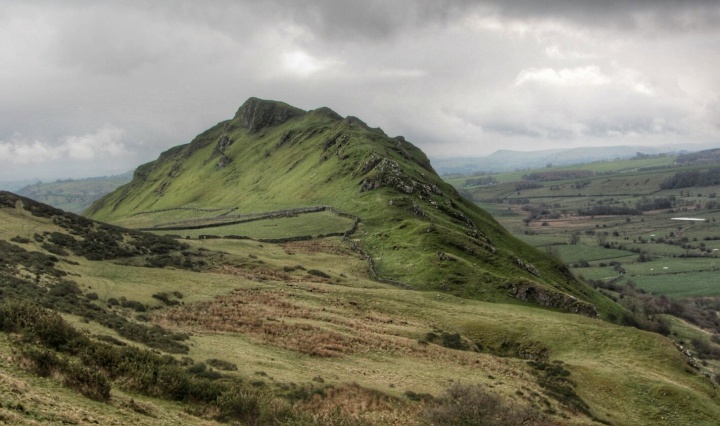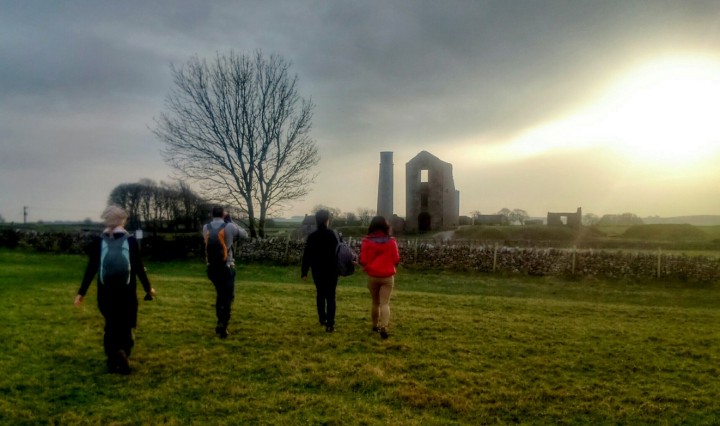
The Sleeping Dragon
Our walk yesterday took us over five small hills in the area of the upper Dove valley, one of which was Chrome Hill. From my photo, it’s easy to see why is it known locally as ‘The Sleeping Dragon’. The classic walk over Chrome Hill is to ‘walk the dragon’s back’ which is exactly what we did. Stunning views can be enjoyed from the ridge back up the valley towards the moorlands of the Dark Peak to the north, and looking south down the Dove Valley over White Peak countryside towards Parkhouse Hill, Hitter Hill, and High Wheeldon. You can … Continue reading The Sleeping Dragon










